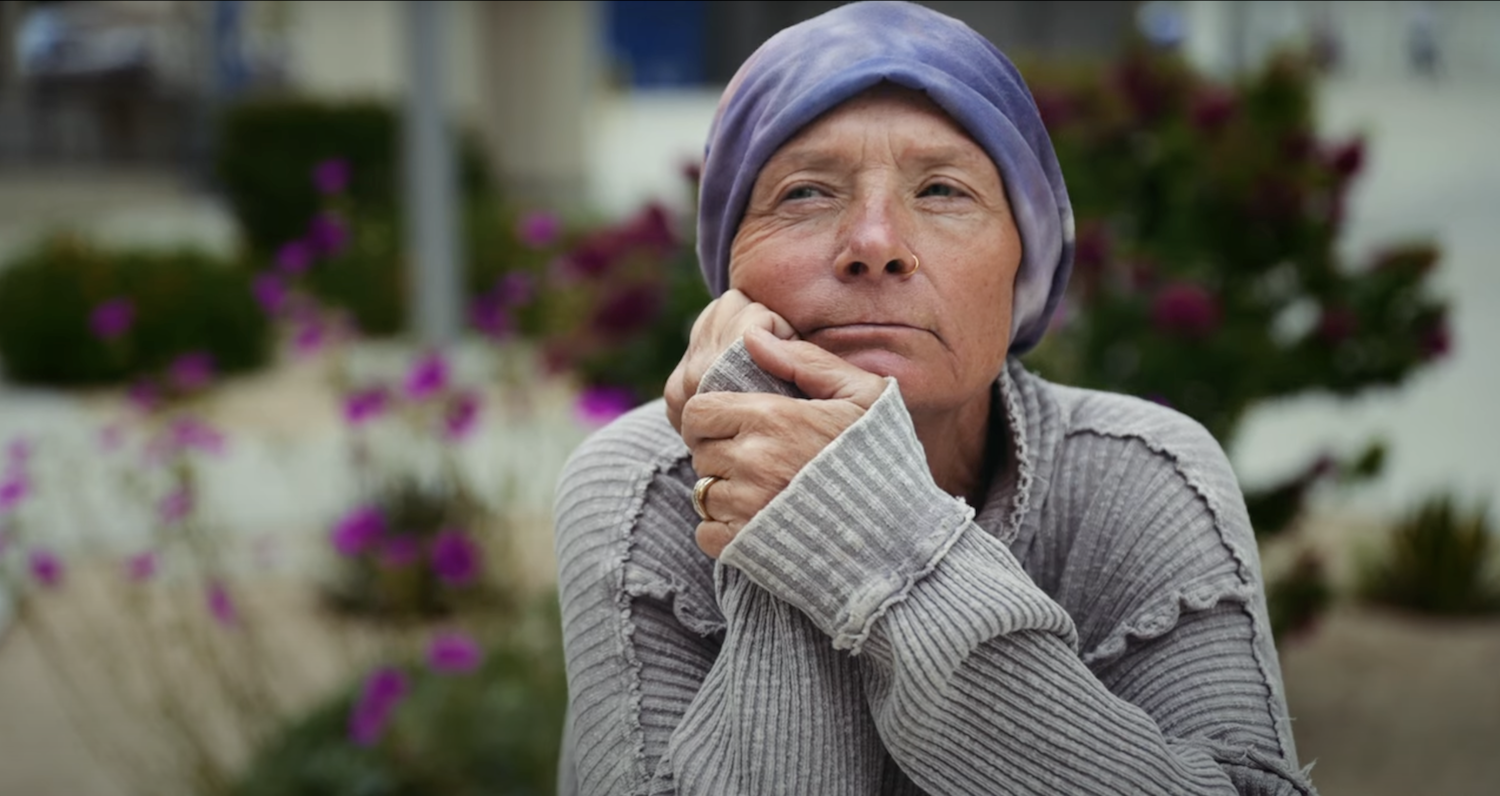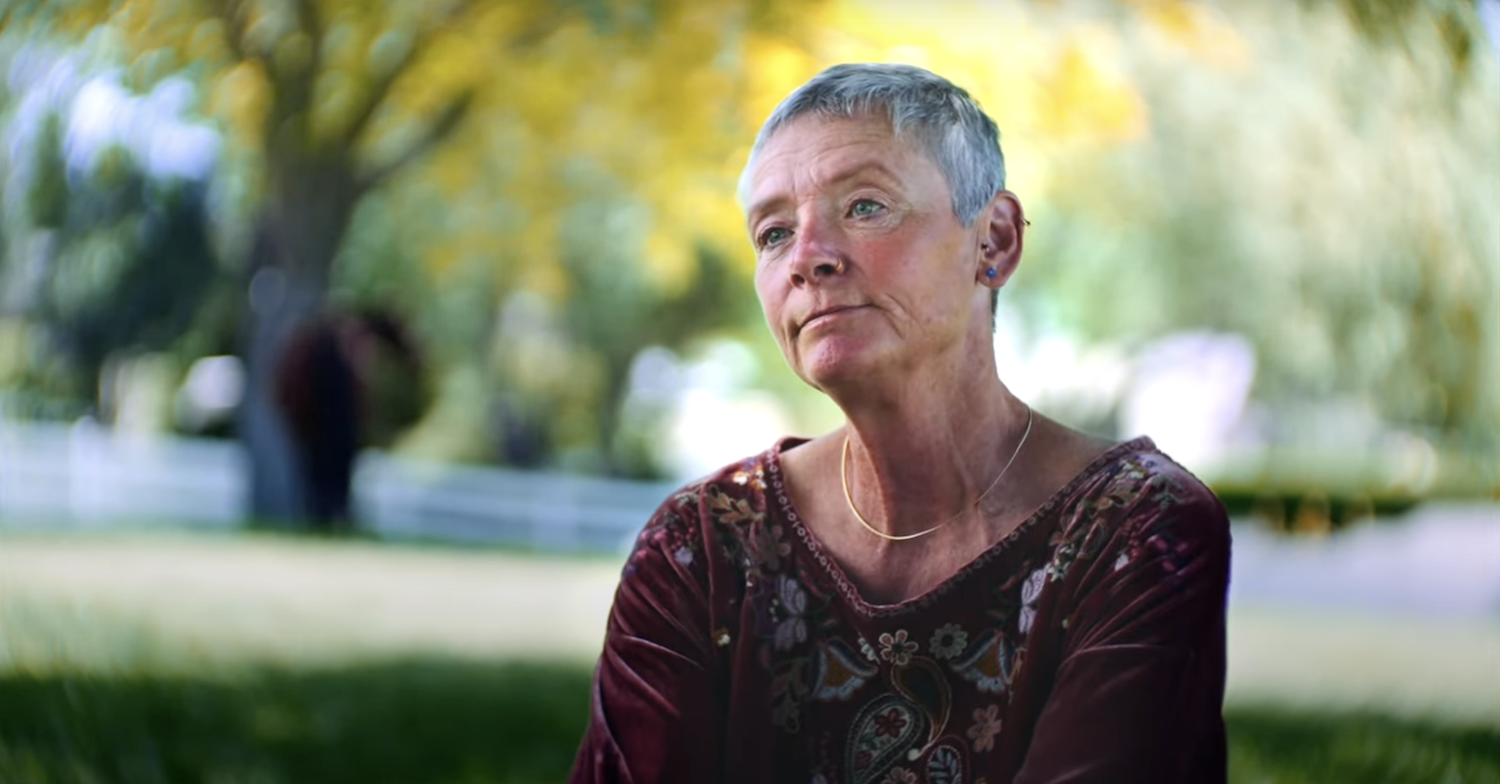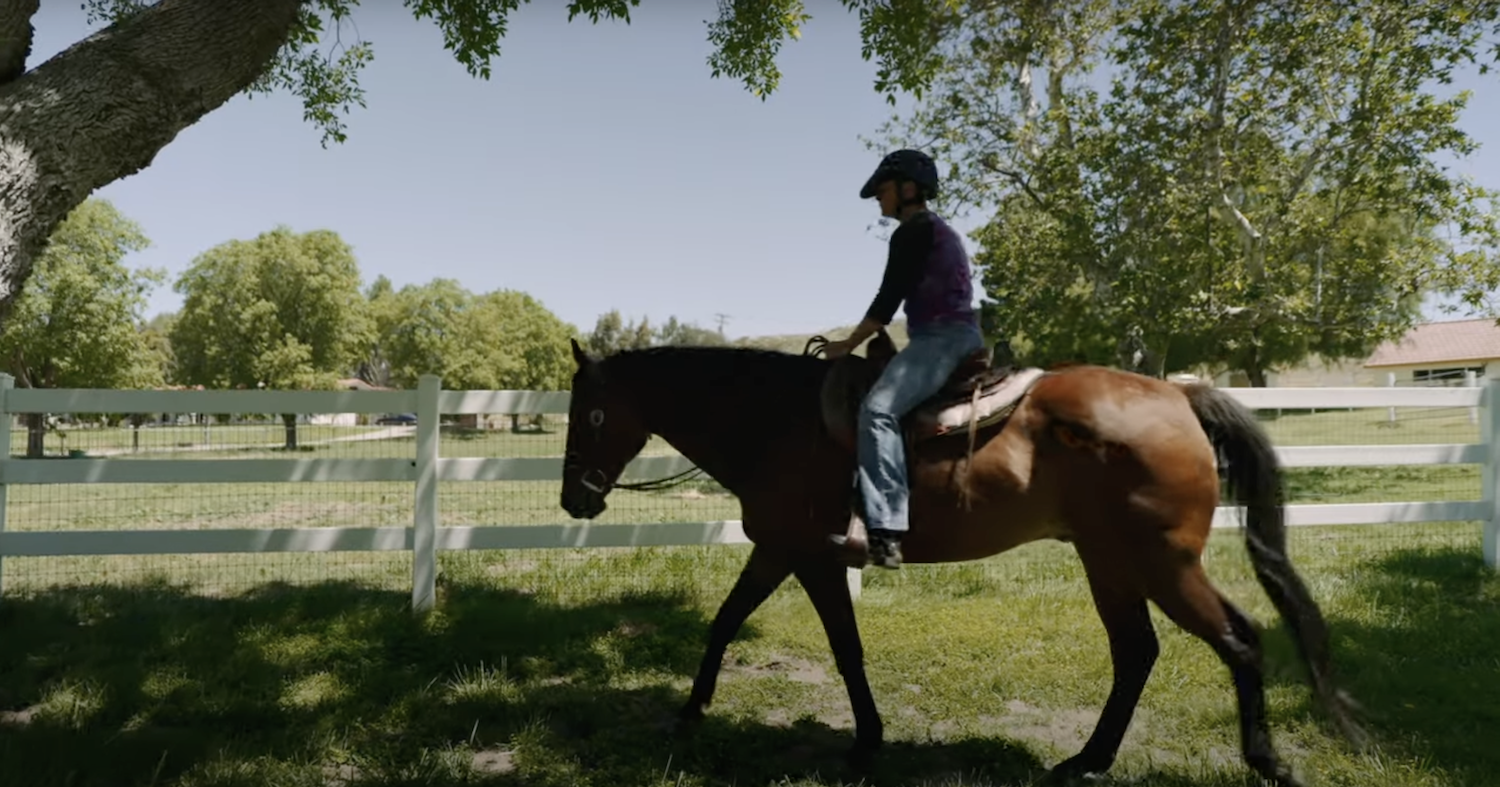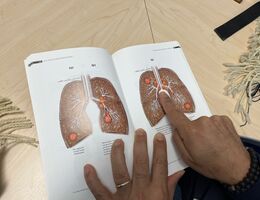

Clinical trials help establish effective treatments for all forms of breast cancer
Clinical trials help establish effective treatments for all forms of breast cancer
When Tanis Earle was diagnosed with early-stage triple-negative breast cancer (TNBC) –– a rare and aggressive kind of breast cancer –– it didn’t come as a complete shock. With a family history of breast cancer that included both her mother and aunt, Earle had a strong feeling that it wasn’t a matter of if she would be diagnosed but when.
What Earle didn’t anticipate was the impact her journey would have on the future of breast cancer research.
Earle was presented with the opportunity to join a clinical trial through Loma Linda University Health’s cancer research team.
In clinical trials, doctors systematically evaluate new approaches to managing cancer. The aim is to scientifically explore alternative methods to the current standard of care, to advance cancer treatment, and improve both the quality of life and longevity for patients.
For Earle, the decision to join the trial was easy.
“The most important way that cancer treatments improve, and the odds of survival increase, is through research,” Earle said of her decision to join the clinical trial.
Over the following months, Earle underwent an intensive treatment plan — including six months of chemotherapy and immunotherapy and a double mastectomy — led by medical oncologist Gayathri Nagaraj, MD, surgical oncologist Naveenraj Solomon, MD, and a dedicated team of nursing staff, research coordinators, and support staff.

“This particular trial was a Phase III study, which is a large, multi-institutional study comparing the current standard of care to an experimental arm that uses a shorter course of chemotherapy alongside immunotherapy,” Nagaraj explained. “Earle did extremely well throughout the process. She understood all the nuances of her management and was very engaged in her care. She was very compliant with all her follow-ups and turned out to be an excellent candidate."
Although the trial sought to explore whether a shorter, less intensive regimen was better than the current standard treatment, the journey remained physically and emotionally demanding.
In the early months of treatment, Earle was overcome with weakness. As a member of the Riverside County Sheriff’s Office Volunteer Mounted Posse, she needed to be able to saddle and ride a horse.
“I often wondered if I would ever be strong enough to lift the saddle or be able to ride again at all,” Earle said.
However, though her cancer proved aggressive, so did her determination. Following her treatment, Earle embarked on another journey –– to regain her strength.
With months of physical therapy, she was able to not only build her strength back, but she eventually returned to the saddle. Earle credits her recovery to the dedicated support of her family, friends, husband, and especially her medical team.

“What made the research study experience so valuable, and comforting was that I didn't just have one or two doctors,” Earle said. “I had an entire team of doctors, a research coordinator, nursing, and support staff focused on only me.”
Her entire medical and research team is not only grateful for Earle’s participation in the clinical trial but also deeply appreciative of the positive attitude she maintained throughout her journey.
Earle’s story is a powerful reminder of how crucial regular cancer screenings can be, especially for those with a family history of breast cancer. It was Earle’s proactive diligence in getting annual mammograms that led to early detection, giving her more options, including the opportunity to advance breast cancer research.
“The progress we've made in breast cancer care over the past 50 years is entirely thanks to clinical trials,” said operating surgeon Solomon. “Without them, we wouldn’t be where we are today.”
Solomon also emphasized that by the time a clinical trial reaches patients, it has already undergone thorough review by Institutional Review Boards (IRBs) and other regulatory bodies. In many cases, extensive laboratory research has also been conducted to ensure the treatment is very safe for human use.
Sixteen months after her diagnosis, Earle is in complete remission, and cancer research is one step closer to a breakthrough thanks to her courage and the dedicated team of doctors who guided her treatment.

“My mom suffered,” Earle said of her mom’s diagnosis three decades ago. “Treatments were so different then. I did this clinical trial to honor her legacy by helping advance research for those who come after us.”
Now, Earle encourages others to consider participating in cancer research if given the opportunity.
“Do it for yourself, for those who came before you, and especially for those who will come after you,” she urges.
“What you contribute to research could help save lives.”
Learn more about treatments, programs, and research at Loma Linda University Cancer Center.



